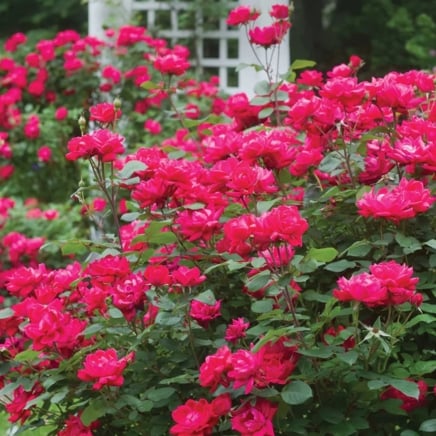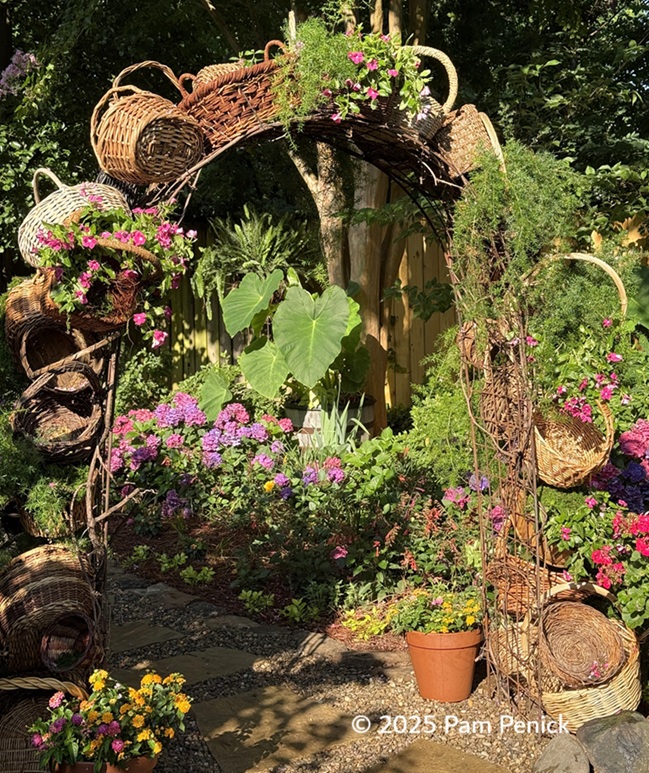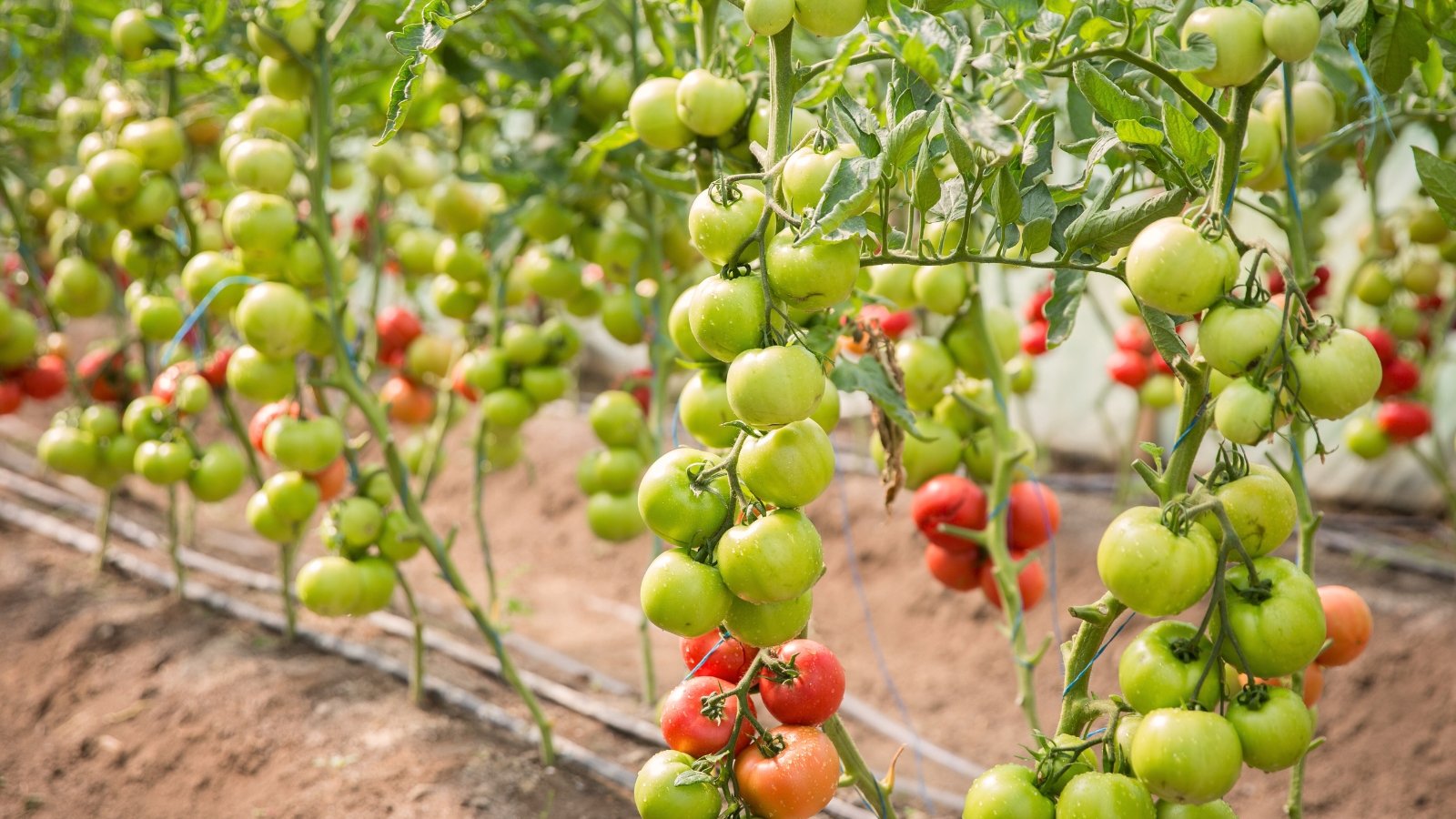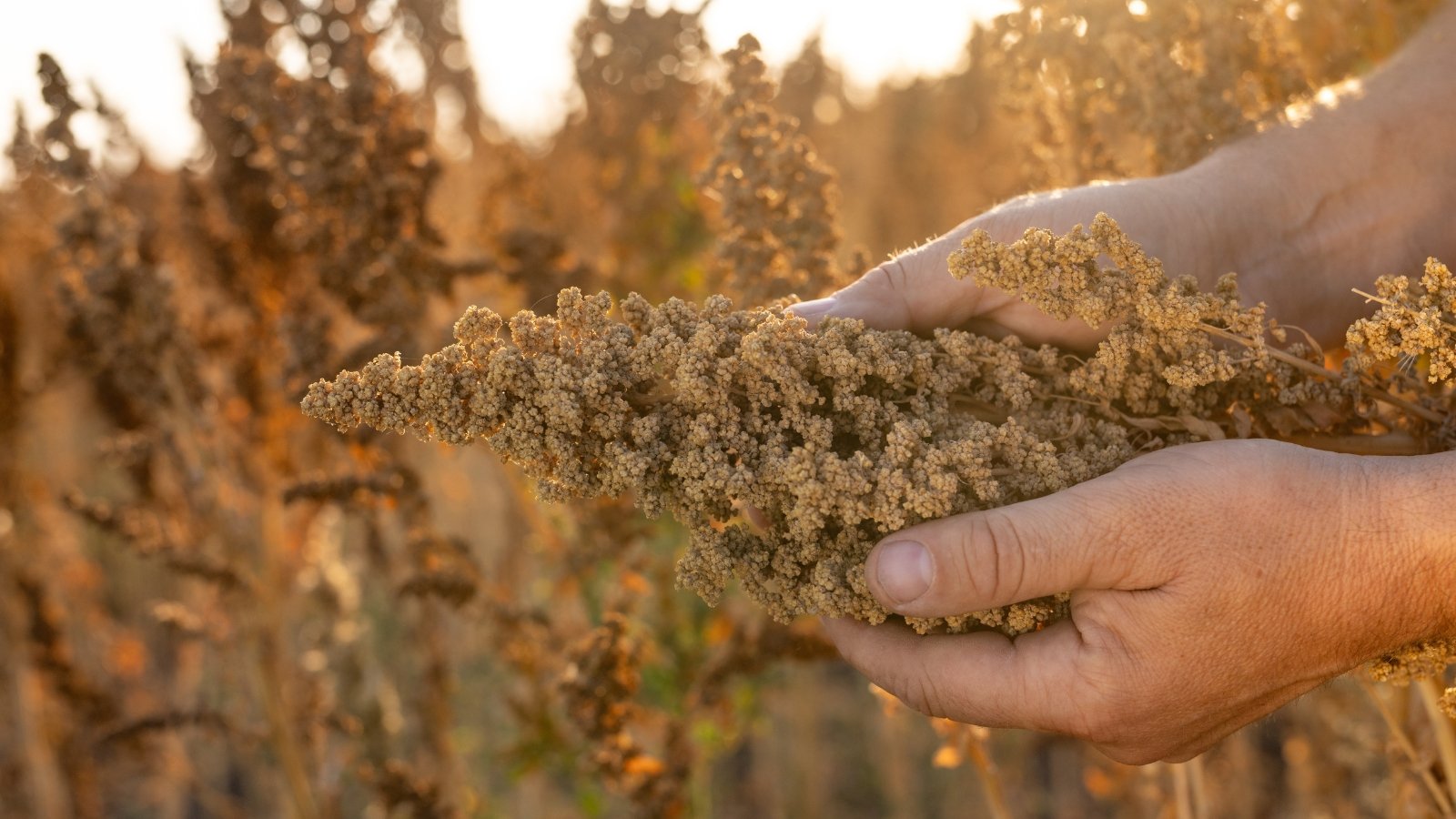PROTECT YOUR DNA WITH QUANTUM TECHNOLOGY
Orgo-Life the new way to the future Advertising by AdpathwayRose pruning intimidates a lot of gardeners, and for good reason. Make the wrong cuts and you can set your roses back for an entire season or longer. The problem is that most pruning advice assumes you already know the basics, leaving plenty of room for costly mistakes.
Roses are generally considered more sensitive to timing, more prone to disease through wounds, and less forgiving of poor technique. Get it wrong and you’ll see the consequences in reduced flowering, weak growth, or even plant death.
Luckily, most pruning disasters are completely preventable once you know what to avoid. Here are the biggest rose pruning don’ts that damage plants and how to steer clear of them.
Double Knock Out

The Champion Sunblush

The Champion™ Sunblush Rose
Cinnamon Hearts


 A sharp blade is the best kind of prevention.
A sharp blade is the best kind of prevention.First on the list of rose pruning don’ts applies to any pruning tasks. Nothing damages roses faster than dull, blunt pruning tools. When your shears can’t make clean cuts, they crush and tear plant tissue instead of slicing through it cleanly. This creates jagged wounds that are slow to heal and perfect entry points for disease.
Crushed tissue also dies back from the cut, often extending several inches down the cane. This becomes a source of ongoing problems as dead tissue spreads through healthy wood. You end up having to cut back even further to reach healthy tissue.
The damage from this rose pruning don’t isn’t always immediately obvious. Crushed cuts may look acceptable at first, but problems develop over the following weeks. Canes start dying back from the cuts, leaves turn yellow and drop, and the whole plant begins to decline.
Sharp tools make all the difference. Clean cuts heal quickly and seal naturally, preventing disease entry and tissue death. Test your tools before each pruning session. If they’re crushing rather than cutting, it’s time to sharpen or replace them.
Using Dirty Tools
 Wipe those blades before they stir up trouble.
Wipe those blades before they stir up trouble.Even sharp tools can cause problems if they’re carrying diseases from plant to plant. Rose diseases spread easily through pruning tools, turning what should be helpful maintenance into a major rose pruning don’t.
Black spot, canker, and other fungal diseases survive on tool surfaces longer than most people realize. Moving from diseased plants to healthy ones without cleaning tools is asking for trouble.
The problem gets worse when you’re pruning multiple roses in one session. By the time you finish, you could have spread diseases throughout your entire rose collection.
Cleaning tools between plants takes just seconds but prevents weeks of problems later. A simple wipe with rubbing alcohol or bleach solution kills disease organisms before they can spread to healthy plants. Clean everything that comes in contact with plant material, not just the obvious cutting tools.
Pruning at the Wrong Time
 Cutting back too soon can cost a full season.
Cutting back too soon can cost a full season.Timing errors might be the most common rose pruning don’t, and they’re often the most damaging. Prune too early, and new growth gets hit by late frosts. Prune too late and you miss the optimal growing window for the season.
Late heavy pruning is particularly problematic in cold climates. Cutting roses back heavily right before frost exposes canes when plants should be preparing for dormancy. This tender growth has no chance of hardening off before winter arrives, making plants more susceptible to cold damage.
Summer pruning can also cause problems, especially during hot weather. Fresh cuts create stress when plants are already dealing with heat and drought. The timing couldn’t be worse for plant recovery and healing.
Stick to light pruning in fall to tidy the plant and remove areas of disease. Wait until late winter or early spring for the heavy pruning session, depending on your climate.
Weather patterns matter too. Even if the calendar says it’s time to prune, late cold snaps or unseasonable warm spells can make pruning risky. Pay more attention to actual conditions than specific dates.
Pruning the Wrong Canes
 Crossing branches turn into problems if left to tangle.
Crossing branches turn into problems if left to tangle.Knowing which canes to remove separates successful rose pruning from random cutting. Dead, diseased, and damaged wood always goes first; that’s the easy part.
The rose pruning don’ts happen when choosing between healthy canes. If you remove the strongest, most vigorous growth, you’ll be left with weak, spindly canes that won’t produce good flowers.
Young canes often get cut because they look different from older wood, but these are usually the most productive parts of the plant. Older, gray canes with peeling bark are typically less productive and better candidates for removal.
Crossing and rubbing canes create ongoing problems if left in place. They damage each other through constant contact, creating wounds that invite disease.
Suckers growing from below the graft union are another common confusion point. These vigorous shoots look healthy, but they’re growing from the rootstock, not your desired rose variety. Leave them and they’ll eventually take over the entire plant.
Have a plan before you start cutting, choosing several healthy canes to create a vase shape and cutting back the rest. Random cutting is bound to cause rose pruning don’ts.
Leaving Debris on the Soil
 Skipping cleanup invites disease to settle in for winter.
Skipping cleanup invites disease to settle in for winter.What happens after pruning is just as important as the cutting itself. Leaving pruned material on the ground around roses creates perfect conditions for disease development and pest problems.
Rose leaves and canes often carry disease spores that survive winter in garden debris. Black spot, rust, and other fungal problems overwinter on fallen material, then reinfect plants the following spring. It’s like providing a disease reservoir right at the base of your roses.
Pests also use garden debris for overwintering sites. These hide in fallen leaves and pruned canes, emerging in spring to attack new growth. Cleaning up eliminates these overwintering sites.
The debris also creates humid microclimates around rose bases that favor disease development. Wet leaves and stems in contact with soil provide ideal conditions for fungal growth, especially during periods of high humidity or frequent rain.
Some gardeners think leaving organic matter around plants helps with mulching, but diseased rose debris does more harm than good. The disease risk far outweighs any potential soil benefits from decomposing material.
Proper cleanup means removing all pruned material from the garden area. Don’t compost diseased debris unless your compost gets hot enough to kill disease organisms. When in doubt, dispose of rose prunings rather than risking disease spread.


 1 day ago
16
1 day ago
16





















 English (US) ·
English (US) ·  French (CA) ·
French (CA) ·